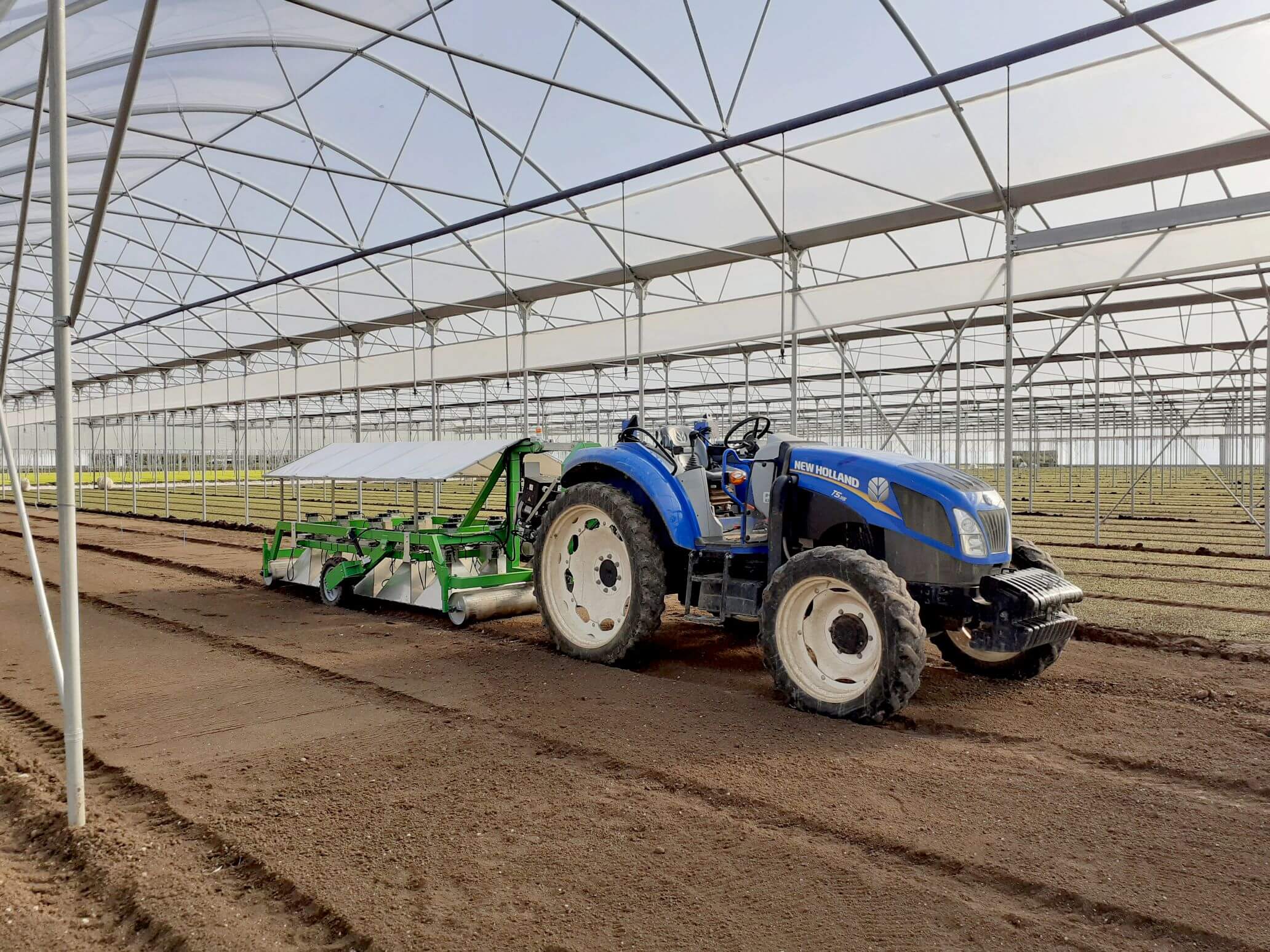 The world of aromatic essences is a rich and entangled one. The taste and aroma of a food product or beverage are often the key to its success in the market. Attempting to imitate nature’s amazing ability to create an almost endless variety of smells and tastes is already an immense challenge in itself. And it is compounded by the fact that the truly essential aroma doesn’t just come from one single substance. It’s usually a large number of different substances that creates that characteristic aroma or flavor we come to appreciate.
The world of aromatic essences is a rich and entangled one. The taste and aroma of a food product or beverage are often the key to its success in the market. Attempting to imitate nature’s amazing ability to create an almost endless variety of smells and tastes is already an immense challenge in itself. And it is compounded by the fact that the truly essential aroma doesn’t just come from one single substance. It’s usually a large number of different substances that creates that characteristic aroma or flavor we come to appreciate.
Designed to extract aromas and essences from a flow of natural juice, the Aroma Recovery Unit is projected to achieve the best result with rapidity and simplicity. Consisting of a single under vacuum condensation column that condensates the aromas by means of cooling fluids at different temperatures (i.e. well water or refrigerated water), the Aroma Recovery Unit machine is fed by a stream of “juice vapor”, which is stored in a dedicated under-vacuum tank (available on demand) receiving the juice during the refinement process. The aromas are then extracted by flash evaporation and, depending on the quality grade, sent to one or more collecting tanks or delivered directly to the sterilizer feeding tank in order to be added to the product.
The first section of vapor condensation intercepts and condensates the vapor. During this stage, the water vapor interception system works in a closed loop, continuously re-introducing the condensed water into the circuit to completely extract the aromatic phase. Once the aqueous phase is the only one left in the ring, the latter is eliminated. The parameters regulating the interception system are completely customizable, to best adapt them to the conditions of the vacuum and the product. The process yields both heavy and light aromas. Heavy aromas are in tercepted by the condenser with cold water. The cooling liquid gets into a heat exchanger that intercepts the less volatile heavy aromas, whereas more volatile heavy aromas, go to a further stage. This system works in a closed loop as well, to properly separate the two phases of the aroma. Light aromas are instead intercepted by the condenser with glycol water. This phase takes place in two different sectors, where the separation of the aromatic phase from the noncondensable gases is completed and extra gases are expelled. Each phase can be used either independently or mixed in different percentages to obtain aromas of different intensity.
These aromas have a wide range of application, from the food sector to the cosmetics and pharmaceutical industry.




